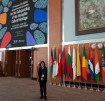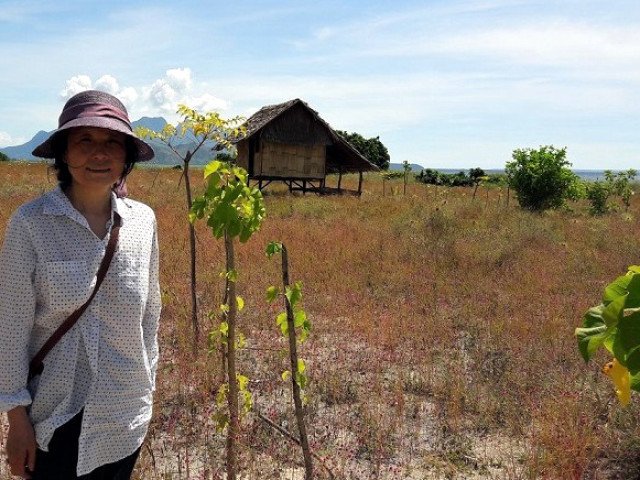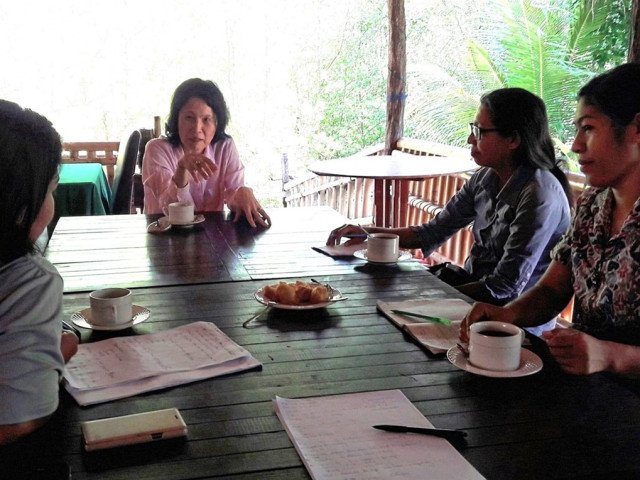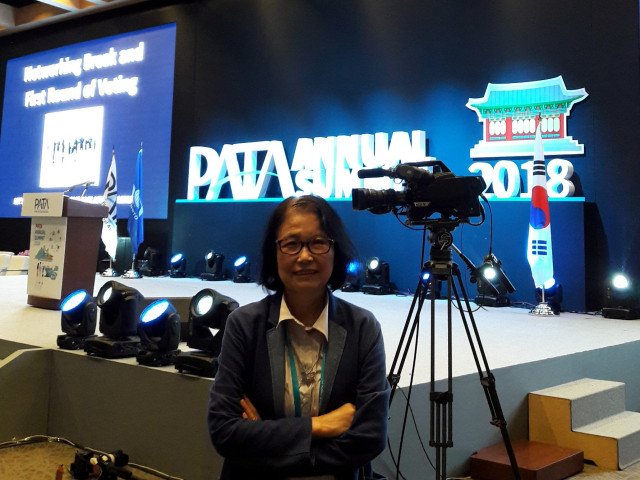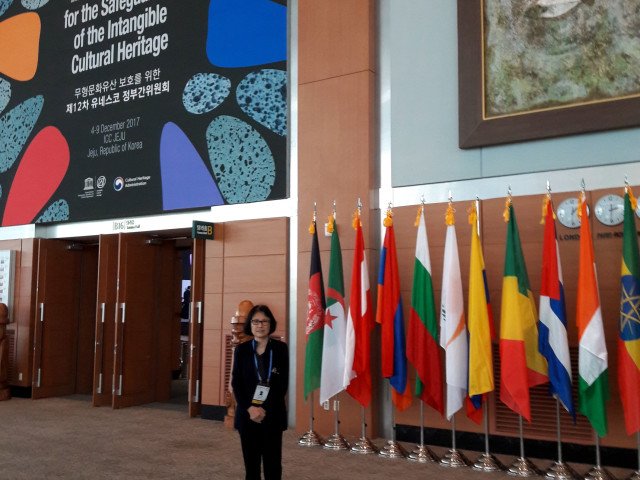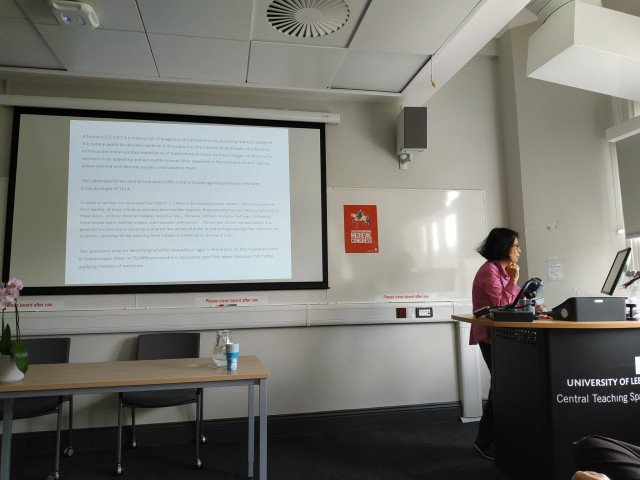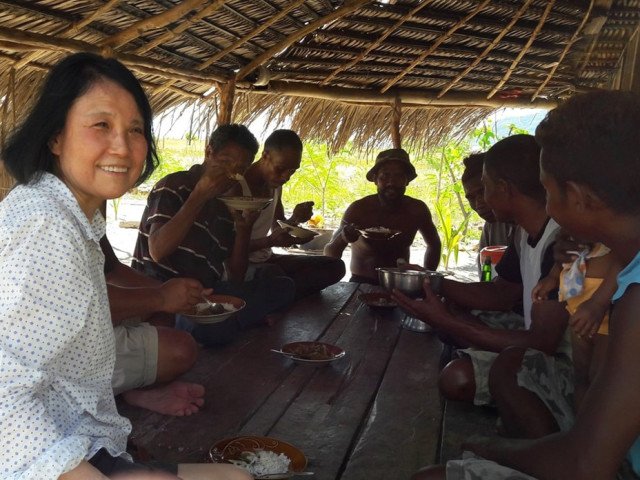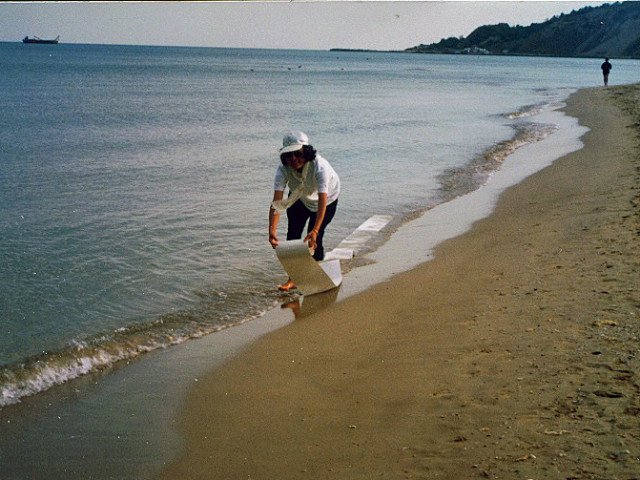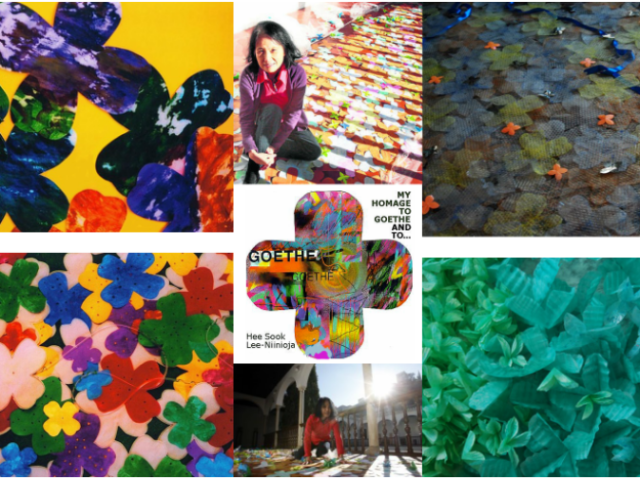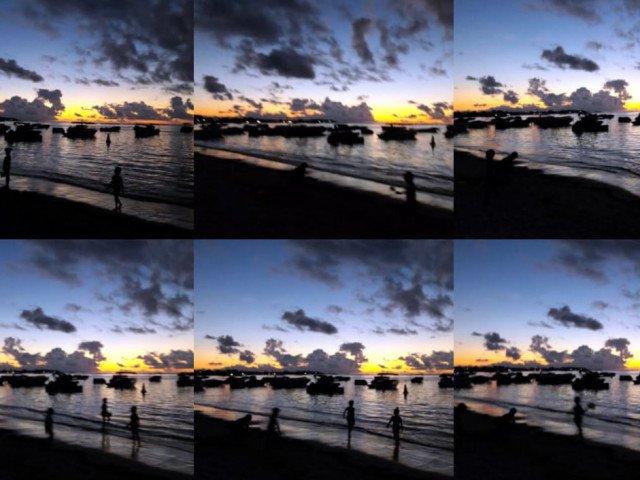Cultural heritage consists of monuments, objects, traditions, or living expressions. Water is essential to human existence on Earth. With a motto, “Our Encounters with Cultural and Flowing Waters to Share Knowledge and Humanity,” SUBONG AQUA FLORES DIGITAL (SAFD) facilitates a platform where semiotic, cultural, and flowing waters are met to share knowledge and humanity. SAFD deals with tangible/intangible heritage and water/people. Practically, SAFD informs about water issues through capacity-building in knowledge activities, online or face-to-face communication, joint projects, international seminars, academic or media paper writings, theories and examples, artistic competitions, and visual exhibitions to guide (in)tangibility in culture and nature.
Introduction
SUBONG AQUA FLORES DIGITAL facilitates a “platform where cultural and flowing waters encounter” to share their knowledge and humanity. Culturally, the museum deals with tangible and intangible heritage related to water and people throughout history. Practically, it informs about water in areas through capacity-building activities.
Philosophy
(UNESCO) Cultural heritage consists of monuments, objects traditions or living expressions. Tangible physical artefacts include built heritage and other tangible products of human creativity bearing cultural significance in society. Intangible heritage designates practices, representations, expressions, knowledge, objects and cultural spaces, transferred and recreated through generations. It puts forward a sense of identity and continuity,
strengthening respect for cultural diversity and human creativity.
Water is essential to their rituals and beliefs. (i) Water purifies. Water removes contaminants and impurities, restores an object's original appearance, and wipes past contamination away. Water makes a person clean externally or spiritually, preparing them to enter worship. (ii) Life cannot exist without water, yet water can both produce and destroy. Similar to how we are at God's mercy, people depend on the mercy of water. Religions and beliefs show the importance of water; these two characteristics underpin its position in our cultures and faiths.
Projects
Online or face-to-face communication, Capacity building in knowledge, Joint projects, International seminars, Paper writings, Introduction to (in)tangibility in culture and nature, Artistic competitions, Visual exhibitions, etc.










